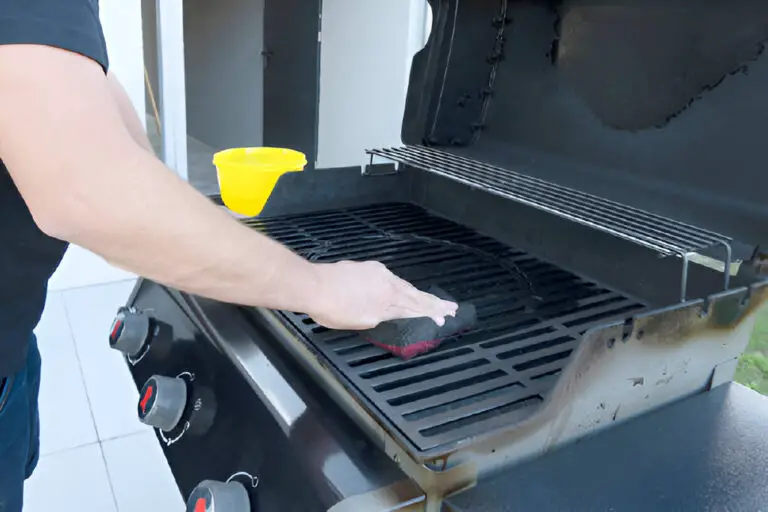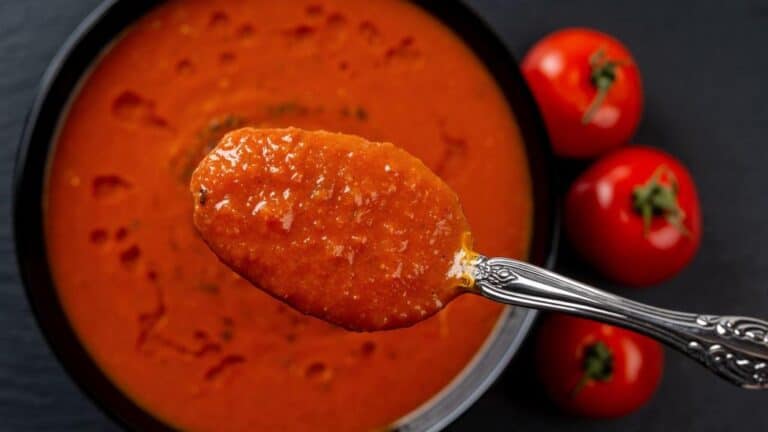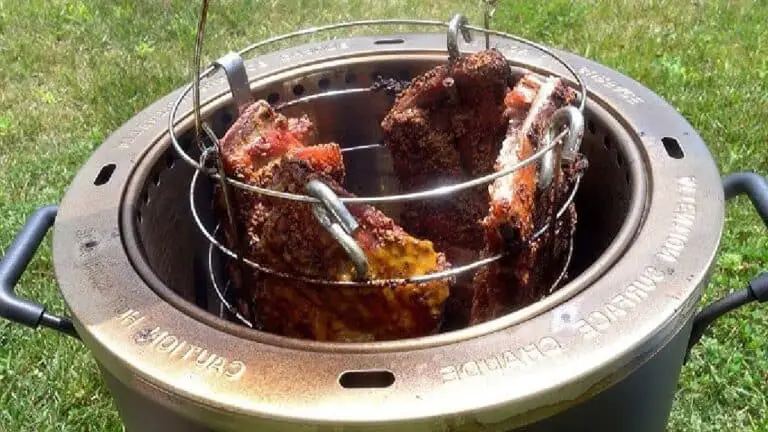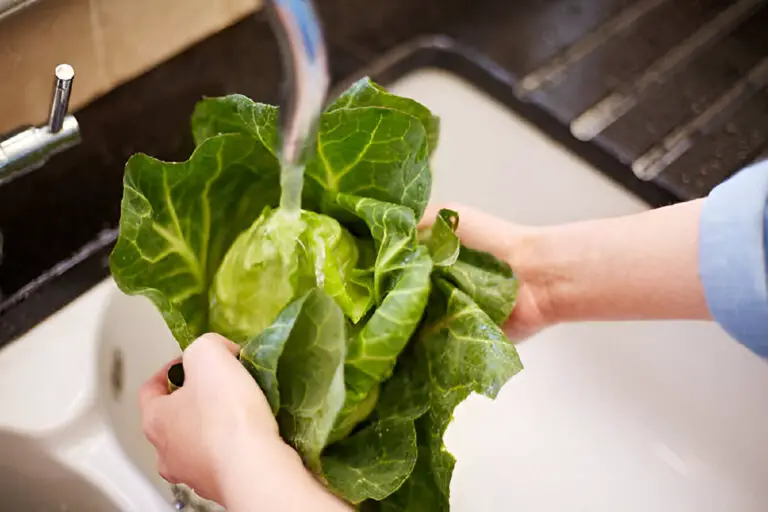Quick and Easy Ways to Reheat Siopao Without a Steamer
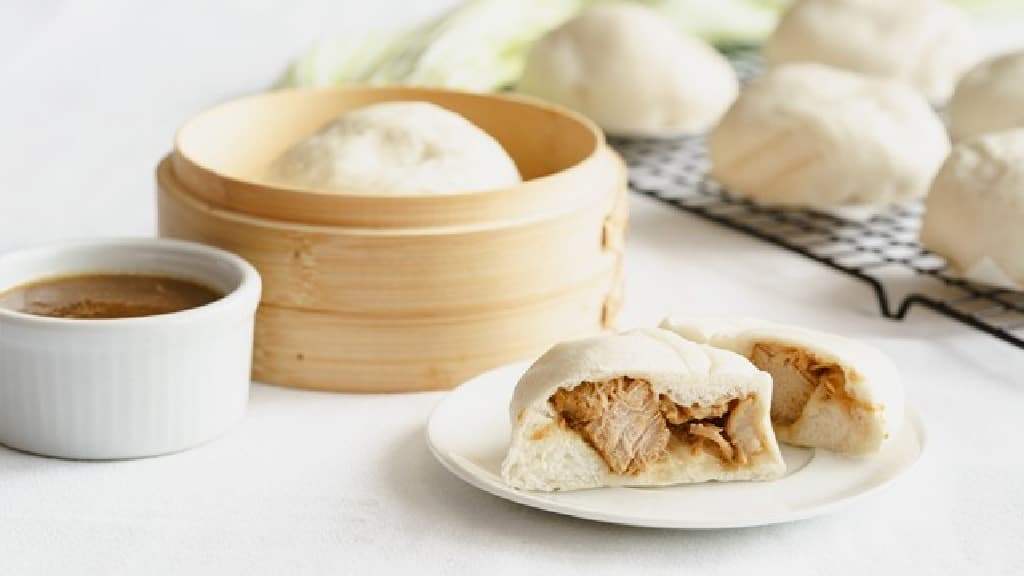
Siopao – a simple name for an undeniably delicious, soft, round bundle of joy. You can enjoy these tasty Filipino steamed buns with savory and sometimes sweet treats. They are appealing not only because they taste great, but also because they are traditionally soft and squishy from being steamed.
However, what happens when cravings strike out of nowhere and your kitchen is without one crucial appliance – a steamer? This can feel like running into a brick wall! But fear not. There are several ways to heat up this popular Asian treat and keep it moist on the inside and outside. One way is to steam it slowly, which gives it its unique flavor.
We understand your love for siopao transcends convenience—we do too! In this article, we present you with practical alternative methods to reheat those flavorful bundles comfortably. We’ll ease any worries about steamer availability.
So relax and enjoy this exciting culinary journey as we look at different but effective ways to reheat food using common kitchen tools. Let’s make enjoying warm siopao possible anytime—steamer or no steamer!
Why Do You Want to Reheat Siopao Without a Steamer?
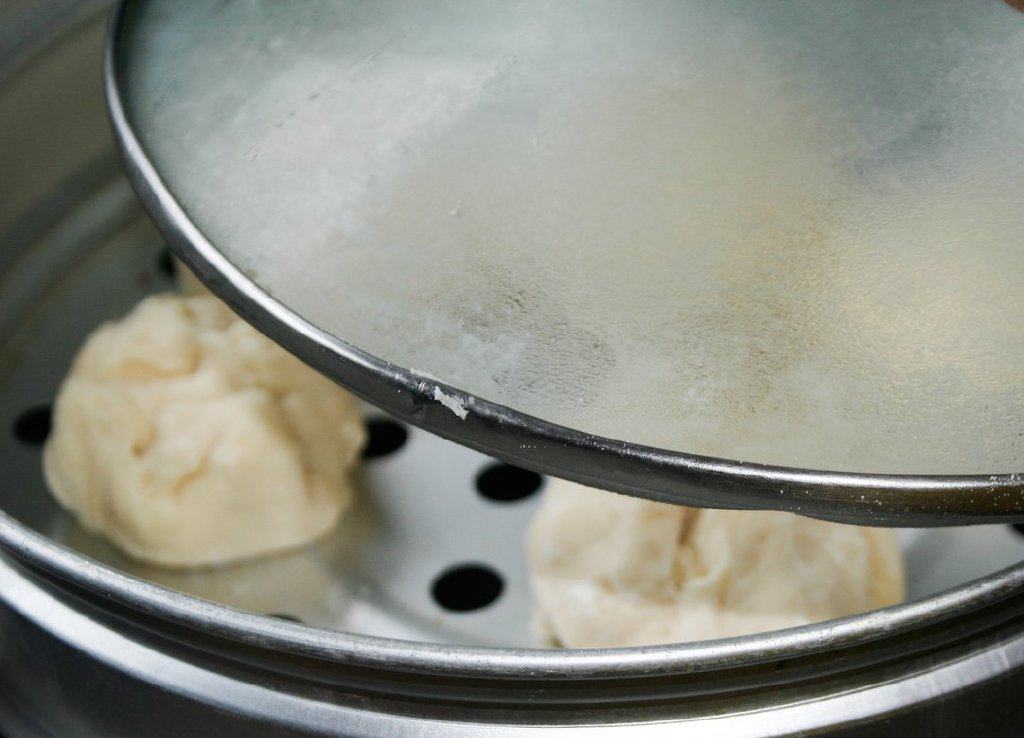
Reheating siopao without a steamer may seem unconventional. However, we sometimes lack the necessary equipment or time to wait for water to boil. Convenience is often the driving factor behind this decision, but there can actually be some benefits to reheating siopao without a steamer.
Firstly, microwaving siopao can be a quicker method of reheating, especially if you’re in a rush. With just a few minutes in the microwave, you can have your warm and fluffy siopao ready to enjoy. Additionally, microwaving gives you more control over the level of heat applied to your siopao. You won’t have to worry about leaving them on the stove for too long and losing their softness.
Another advantage of microwaving is that it allows for customization depending on your preference. If you prefer your siopao with a softer dough, microwaving can help achieve that slightly gooey texture that adds an extra level of indulgence. On the other hand, those who enjoy a bit of crispiness may opt for using an oven instead, popping their leftover siopaos in at 350°F for about 12-15 minutes.
Traditionalists may insist on using steamers to reheat siopao to preserve its original texture and taste. However, exploring alternative methods can yield surprisingly satisfying results. So don’t be afraid to break away from tradition and experiment with different ways to reheat your delicious Siopaos!
1. Quick and Easy Method Using a Microwave Oven
If you’re hungry for siopao but don’t have a steamer handy, fear not, because your trusty microwave is all set to save the day. One key trick to this method is wrapping your delectable bun in damp paper towels before microwaving it. This process mimics steaming by trapping and circulating moisture. It effectively reheats the siopao without making it too dry or chewy. Here’s how to do it:
- Prepare the Siopao: Take a couple of paper towels and soak them under running tap water. Squeeze out any excess water so that they are nicely damp. Wrap these damp paper towels around your chilled or frozen siopao, similar to wrapping a present. This helps trap and circulate moisture, mimicking the effect of steaming and preventing the siopao from becoming dry or chewy.
- Microwave Reheating: Place the wrapped siopao on a microwave-safe dish and microwave it on high power. The timing is crucial here to avoid overcooking or drying out the siopao. For refrigerated siopao, start with one minute. For frozen siopao, give it two minutes at most initially.
- Check and Adjust: After the initial heating, carefully remove the siopao from the microwave and unwrap the damp paper towels. Use caution, as they will be hot. Test the siopao to see if it is warm enough. If not, continue heating in increments of about fifteen seconds until it reaches your desired temperature.
- Safety Precautions: Avoid completely soaking the paper towels, as this can lead to a disaster in the microwave. Use them damp but not dripping wet. Also, always be cautious when handling hot food from the microwave to prevent burns.
Remember, folks, not every Siopao-parade follows identical tunes. Some batches might require further heating in increments of about fifteen seconds until serving-hot!
Using this everyday kitchen tool is convenient, but there are a few things you should keep in mind. You should never completely submerge the substrate wraps in water while moistening them. Otherwise, you could end up with a disaster story of an adventure that started when water was microwaved. Embrace safe snacking practices while enjoying swift culinary exploits enabled by your faithful kitchen aid, – microwave.
2. Steam It Using Other Kitchen Tools
If you don’t have a steamer, fear not! There are other ways to achieve the perfect steam for your siopao. One option is to use a pot with water as an improvised steaming tool.
Simply fill the pot with about an inch or two of water and place it on the stove over medium heat. Once the water begins to simmer, carefully place a heat-resistant plate or colander on top of the pot. Make sure it fits snugly so that no steam escapes.
Alternatively, if you’re resourceful, you can make your own makeshift steamer using bamboo steamer trays. Line a wide pot with crumpled aluminum foil at the bottom to create elevation and prevent direct contact between your siopao and the boiling water beneath.
Stack up multiple layers of bamboo trays and arrange them securely in the pot (making sure they fit tightly), leaving enough space above each tray for proper circulation of steam.
Keep in mind that while these alternatives can produce satisfactory results for reheating siopao. They may come with their own set of challenges. For example, maintaining consistent heat levels might be trickier without a dedicated steamer apparatus, which could affect cooking times slightly. Also, check the pot often while it is cooking to make sure there is still enough water, and make changes as needed.
Trying out different approaches can be fun. It lets you make changes based on what you have on hand without affecting the taste or texture. This is proof that if you want to do something, you can always find a way.
Pan-Fry Method to Reheat
If you want to add some extra texture and taste to your reheated siopao, pan-frying is the way to go. This method not only warms up the bun but also gives it a delicious, crispy exterior. To start, heat a small amount of oil in a frying pan over medium heat. You can use any cooking oil of your choice, such as vegetable or canola oil.
While the oil is heating up, prepare your siopao by brushing a thin layer of oil on both sides of the bun. This will help prevent sticking and promote even browning during the frying process. Once the pan is sufficiently heated, carefully place your prepared siopao into the hot oil.
Keep an eye on them as they cook, because pan-frying can be quick! After about 2-3 minutes, flip each siopao using tongs or a spatula to ensure even cooking on both sides. Continue monitoring until you achieve your desired level of crispness and golden brown color.
This method takes a few more steps than steaming or microwaving. Many people like how it improves the overall eating experience by making the food soft on the inside and crunchy on the outside. However, please exercise caution when handling hot oil during this process to avoid accidental burns.
Additional Tips and Considerations for Reheating Siopao
To ensure that your reheated siopao stays fresh and delicious, there are a few tips to keep in mind.
- Proper Storage: Store siopao in an airtight container or wrap them tightly in plastic wrap before refrigerating. This helps prevent them from drying out and retains their moisture. Placing a damp paper towel over the siopao before sealing can also help maintain its softness.
- Dipping Sauces: Add extra flavor by serving your reheated siopao with dipping sauces or accompaniments, like anchovy sauce or fish sauce. Classic options include soy sauce with calamansi or vinegar with chopped chili peppers. The tanginess of these sauces complements the savory filling of the siopao.
- Experiment with Fillings: Try different fillings to add variety to your siopao. Consider using shredded chicken adobo or spicy ground pork as alternatives to the traditional pork filling. These variations can add a new twist to your snack while maintaining its comforting taste.
- Reheating Methods: Consider different reheating methods that match your preferences and resources. Be open to exploring.
- Enjoyment and Exploration: Enjoy the process of reheating. Explore different flavors and ingredients. Reheating siopao can be a creative and enjoyable experience, so don’t be afraid to try new things and find what works best for you.
By following these extra tips and considerations, you can elevate your reheated siopao experience. You can also discover new ways to enjoy this beloved snack without compromising on quality or taste.
| Read: How to Make Chowking Siopao Sauce Recipe At Home |
How Long Can You Store Leftover Siopao at Room Temperature?
Leftover siopao can typically be stored at room temperature for up to two days. It is important to store the siopao properly to ensure its freshness and safety for consumption.
For a longer shelf life of up to 3 days, keep them in the refrigerator. When storing leftover siopao in the fridge, place it in an airtight container or wrap it tightly in plastic wrap. This prevents it from drying out and absorbing odors from other foods.
Proper storage helps maintain the quality of the siopao and prevents it from spoiling. It is also important to check the siopao for any signs of spoilage before consuming it. If the siopao has an off smell, an unusual texture, or appears to be moldy, it is best to discard it to avoid foodborne illness.
Conclusion
In conclusion, reheating siopao without a steamer is simpler than you may think. By using common kitchen tools such as the microwave, oven, or stovetop, you can easily enjoy warm and tasty siopao at home. These alternative methods provide flexibility and convenience. Whether you’re in a hurry or prefer a more traditional approach, you can use them.
To recap, the microwave method allows for quick reheating in just a few minutes. It’s perfect for those busy mornings when time is of the essence. The oven method offers a crispy exterior with a soft and fluffy interior – ideal for recreating that authentic steamed bun texture. If you prefer more control over heat distribution, the stovetop method ensures even reheating. It also helps preserve moisture.
Now it’s your turn to give these alternative methods a try! Experiment with different techniques to find your favorite way of reheating siopao without a steamer. Don’t be afraid to get creative. Add your own twist by incorporating additional ingredients. Serve it with your favorite dips or sauces.
We hope this article has inspired you to explore new possibilities in reheating siopao. Share your experiences and tips with us; we would love to hear how these methods worked for you! Happy cooking, and enjoy every bite of piping hot siopao straight from your kitchen!


